Business of PHC, Part 8: PHC Pruning That Saves Trees
Is structural pruning really plant health care? Given that it can save trees from being prematurely removed from the landscape, it clearly is PHC, and may be one of the more important PHC practices. In some cases, a single pruning cut can save a tree from catastrophic failure later in life (Photo 1). How many other PHC practices can make that claim? So, why is it such a hard sell to clients and, to some degree, arborists?
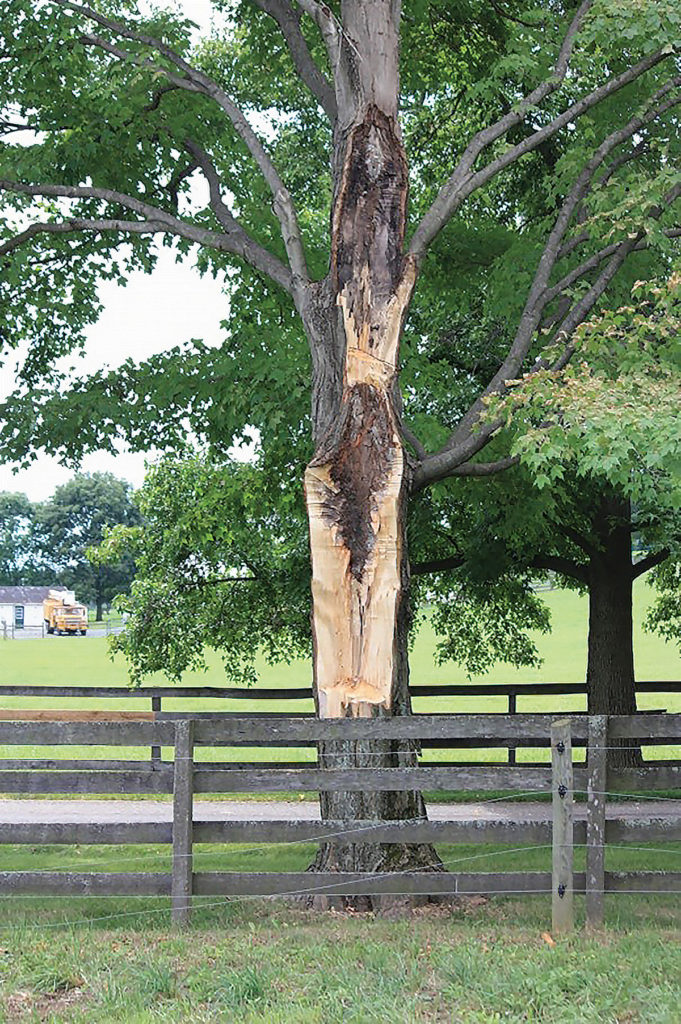
One of the primary reasons is that fast-growing, maturing trees that can no longer be pruned from the ground don’t look like they need pruning to clients (Photo 2). They appear extremely healthy, often sporting full, dense, “balanced” crowns with dark-green foliage along with above-average shoot extension. However, this is exactly the time in their life cycle when structural pruning is needed to remove or avoid development of important structural defects. In fact, defects that develop in this stage of growth often cannot be corrected later (Photo 3).

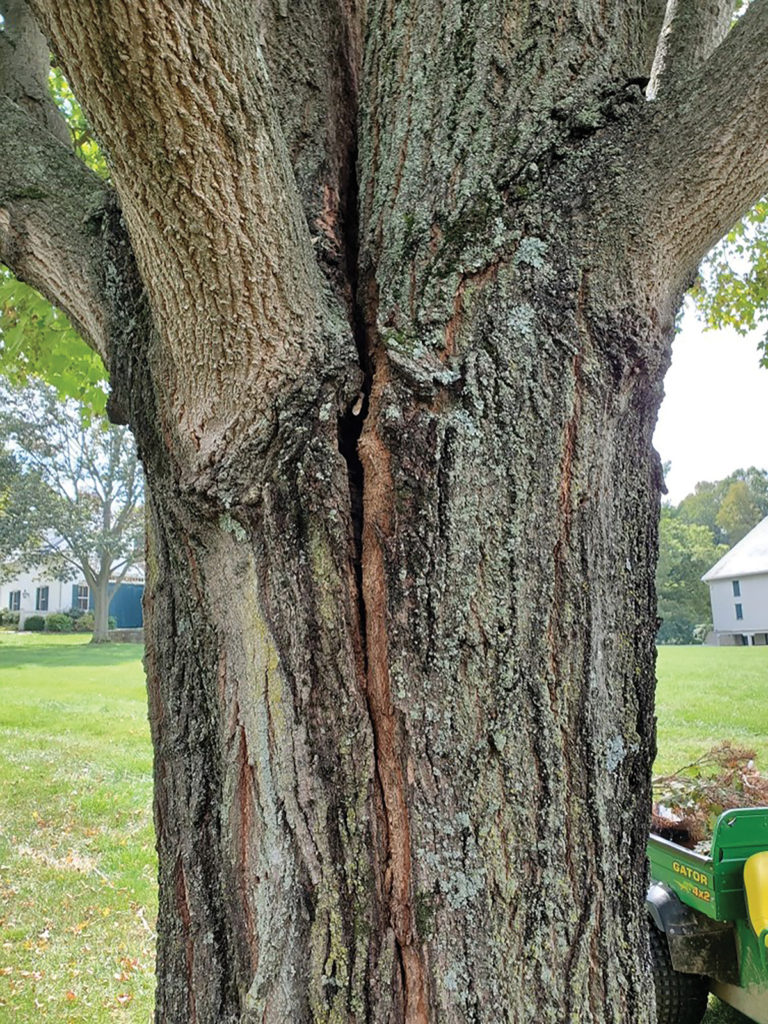
The biggest growth and structural issues that develop when trees are young or begin their rapid growth are:
codominant stems or multiple stem attachments (Photo 4);
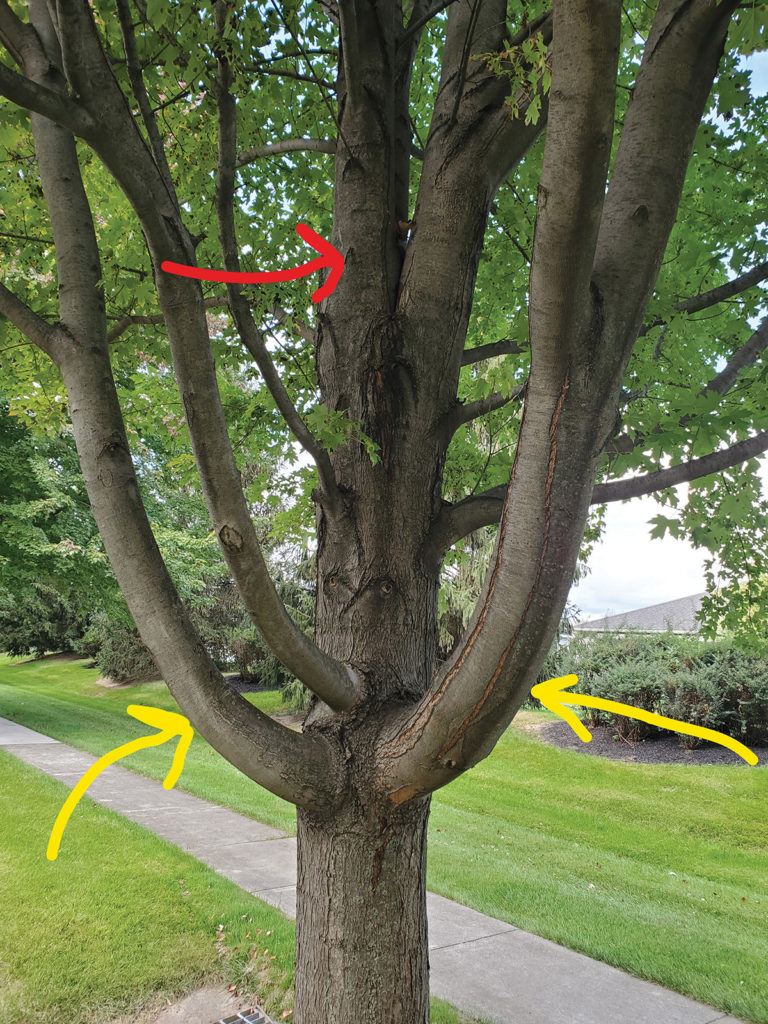
competing laterals – or lateral branches that are too large and low on the trunk at their point of attachment (Photo 4);
competing laterals – or lateral branches that begin to turn up on the outside of the crown and form an unbalanced crown (Photo 5); and
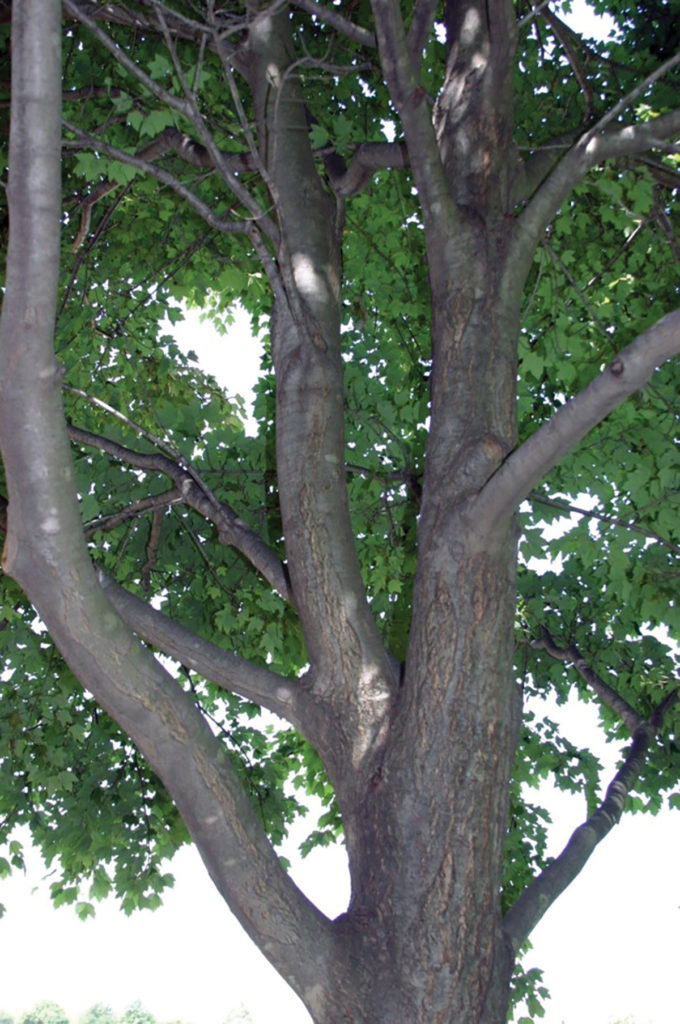
loss of apical control as competing branches begin to overtake the central leader (Photo 6).
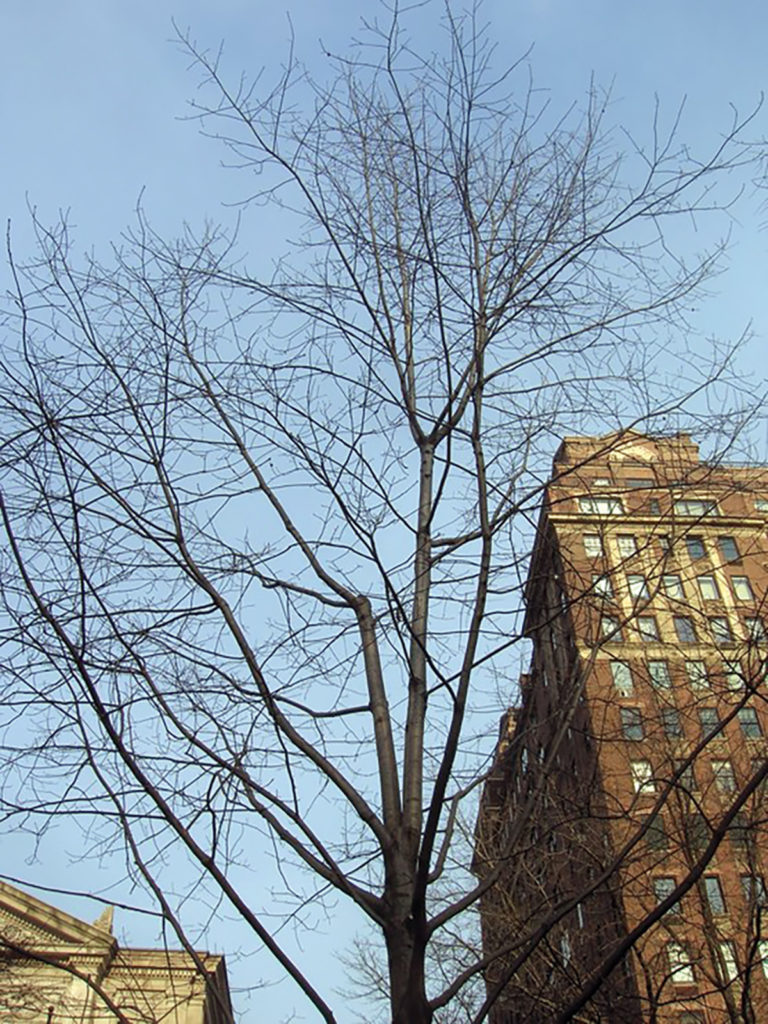
These defects are frequently hidden from view by fast-growing, vigorous crowns. It also takes a skilled arborist to convey the importance of correcting them to clients and the pruning skills to know how to correct them. Arborists may know how to correct them, but may not want to deal with the short-term visual impact that may result from removal or correction of these defects. (Photo 7).
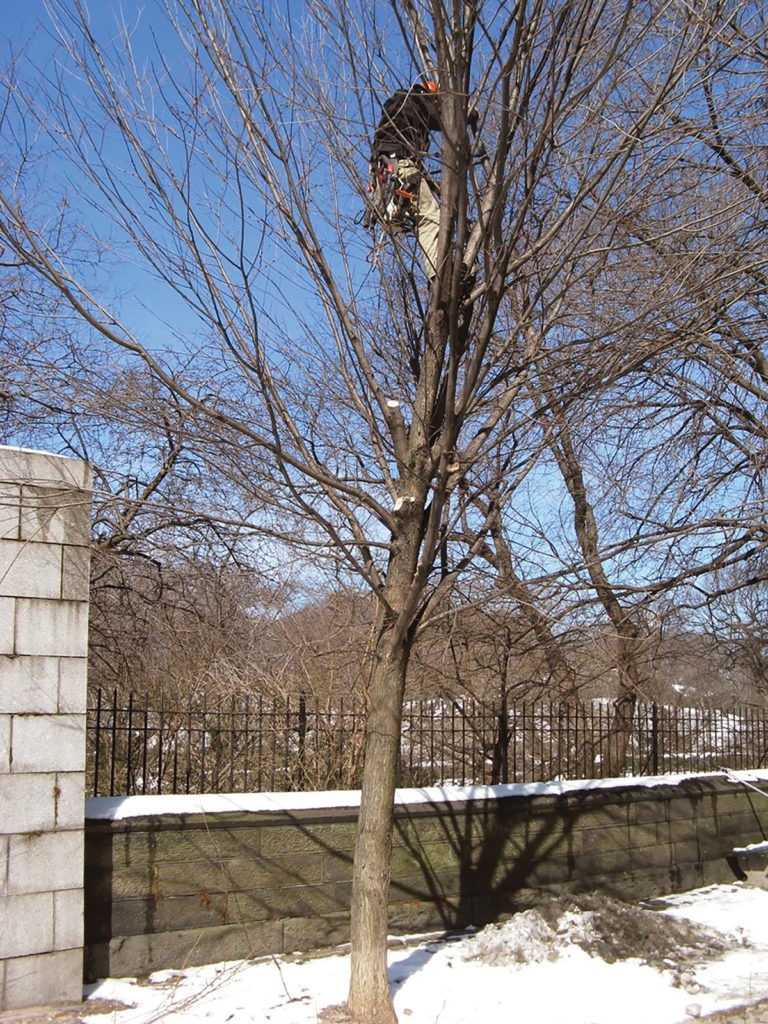
Reduce, head or remove
In a good number of instances, defects in maturing trees started in the nursery or soon after the tree was planted in the landscape. Nurseries are still selling trees with codominant stems or ones that lack a central leader, because consumers are attracted to short, bushy crowns that usually come with these hidden defects. Once in the landscape, the lack of initial structural pruning, and open growth with no adjacent or competing trees, results in a loss of apical control (inhibition of a lateral branch growth by shoots above it). This contributes to the development of a host of undesirable growth patterns that ultimately become defects later in the life of the tree.
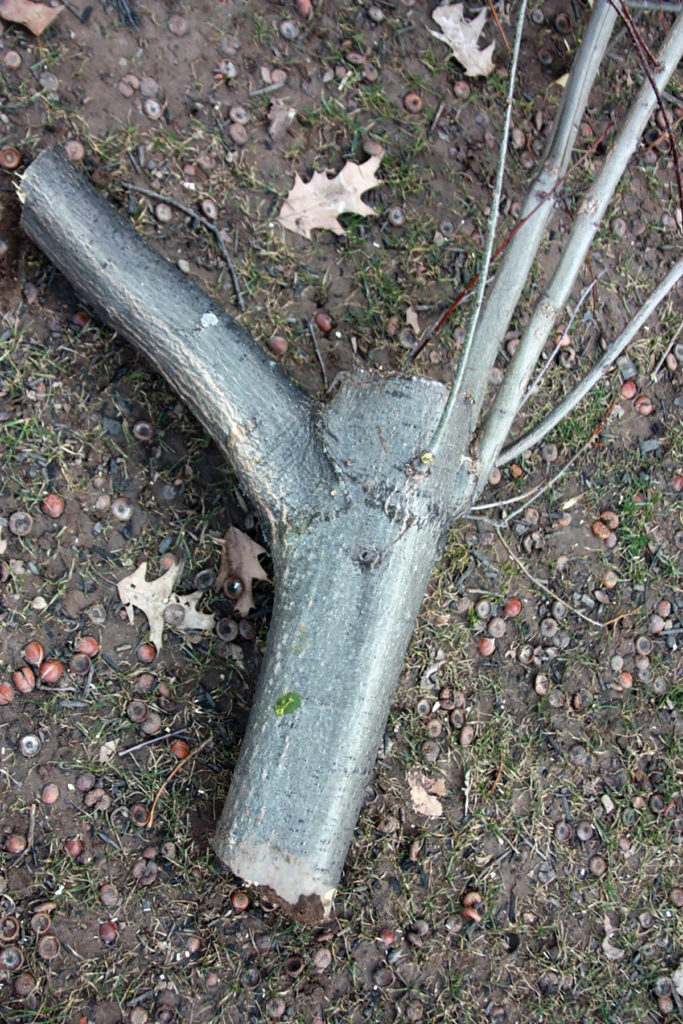
Reduction cuts, and in some cases heading cuts on non-permanent branches, are the foundation of PHC structural pruning (Photo 8). Reduction cuts require skill to know how much stem removal is needed to suppress branch growth, so the branch being suppressed can be removed in a later pruning interval. Too little reduction will not suppress a branch adequately to achieve desired growth reduction. Too much reduction, and the client may not like the unbalanced crown or large “holes” that result in the crown. Heading cuts, the ugly kin of reduction cuts, can be used on maturing trees if the branch will be removed at a later time (Photo 9). There is no reason not to use heading cuts, particularly on branches low in the crown that will be removed later as the tree matures. In fact, heading cuts may have a number of benefits that we outlined in a previous article (TCI Magazine, October 2019).
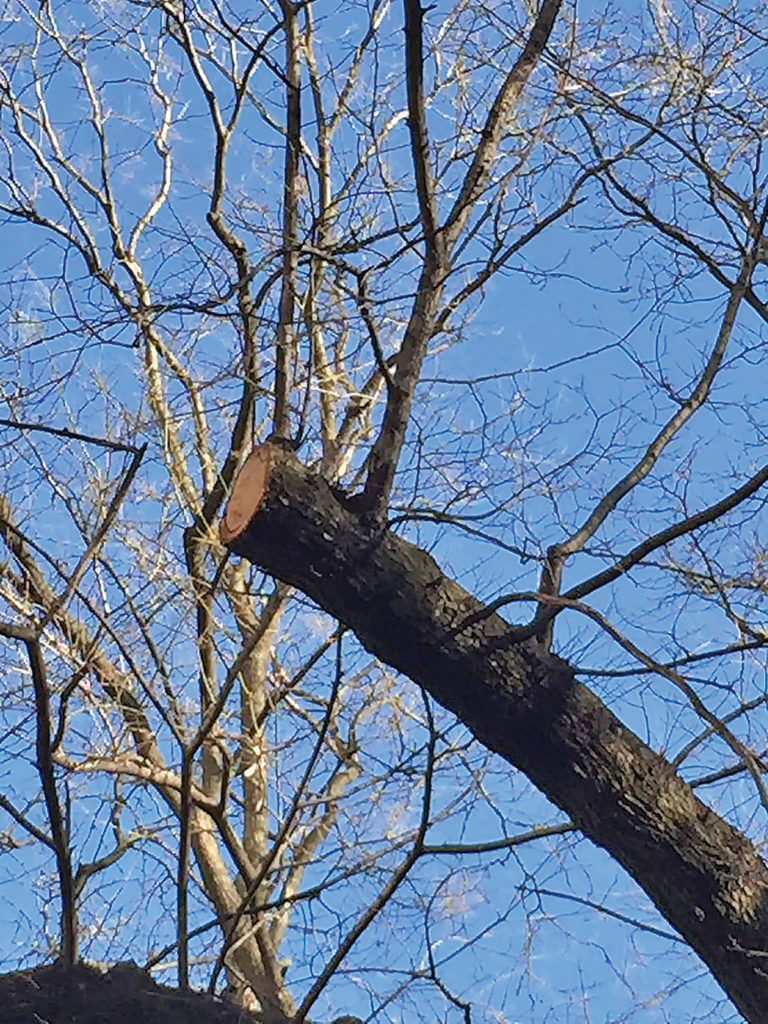
Business of PHC Series at a Glance
This is the third article in a planned 12-part series called Business of PHC that will run in TCI over the next year, focusing on what a smaller company needs to know to launch a plant-health-care program and start offering PHC services. The various aspects of this lucrative profit center that we have covered or plan to cover include:
- “PHC – It Could Be the Shot in the Arm Your Company Needs” [TCI, April 2021]
- “Elements of a Plant-Health-Care Business Plan” [TCI, May 2021]
- “How to Equip Your Business Without Breaking the Bank” [TCI, June 2021]
- What people will you need? [TCI, July 2021]
- The science: Host species and the things that affect them. Get to know the trees in your area and their problems. Understand treatment selection. [TCI, August 2021]
- Diagnosing pest/abiotic problems [TCI, September]
- Simple soil science/use of soil amendments [TCI, October]
- Structural pruning
- Licensing and regulatory requirements [Scheduled for December]
- Marketing/selling PHC contracts [Scheduled for January 2022]
- Scheduling/fulfilling PHC contracts [Scheduled for February 2022]
- PHC resources – TCIA PHC Technician, soil-testing labs, pest-diagnostic services, etc. [Scheduled for March 2022]
Removal cuts that completely eliminate a defect generally do not work well in maturing trees. This is because defects usually have grown too large to effectively be removed in one cut without serious health or visual impacts (Photo 10). In many cases, reduction cuts instead of removal cuts allow more pruning on the tree where it is needed, because they lessen the amount of live crown removed. Further, large cuts low on the trunk of a tree may open the tree to decay, which becomes an issue later in life when growth slows.
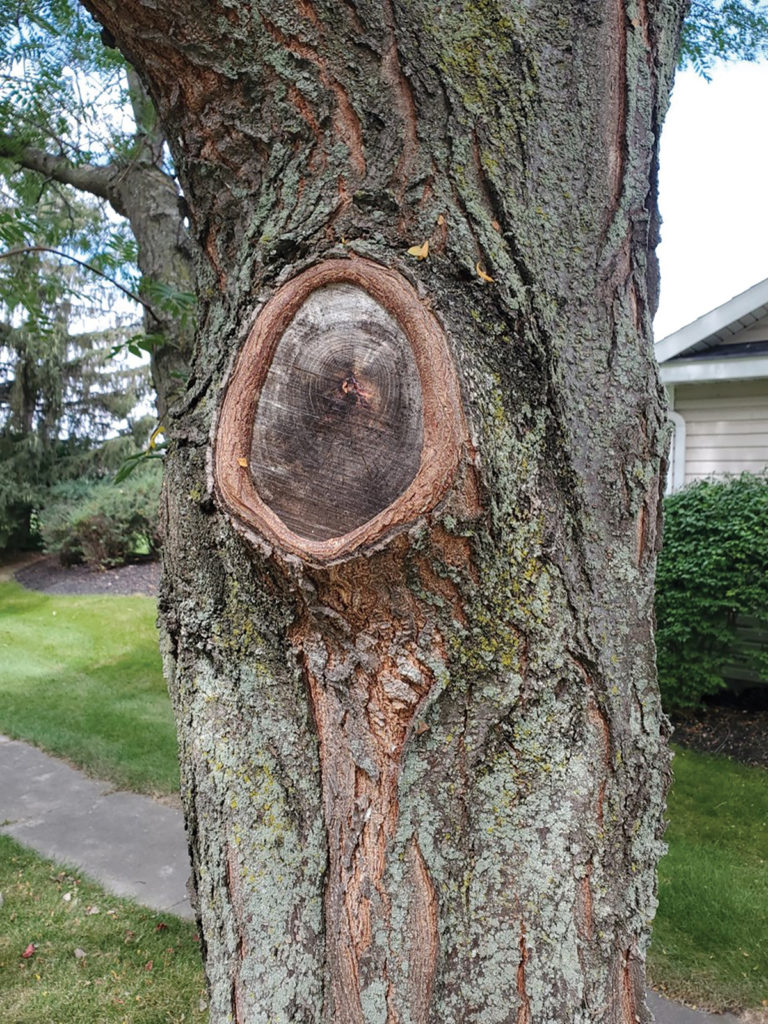
PHC considerations
One of the best times to sell PHC structural pruning is late winter, when other PHC services are at a standstill. In dormant months after the New Year, structural defects are easy to see. Research has shown that fall or early winter is the least-desirable time to structurally prune.
One downside of pruning when trees are dormant is that structural pruning almost always creates temporary imbalances in crown symmetry that are easy to see after the tree is pruned. Clients may react, but once trees have foliated in the spring, these concerns almost all go away.
There are a number of other important considerations to PHC structural pruning. First, it almost always takes more than one pruning cycle to achieve the desired structural result (Photo 11). From a sales standpoint, this is a positive, but clients need to have their expectations set accordingly. Further, new structural defects frequently develop as fast-growing trees continue to grow, and a single pruning event cannot correct these defects.

Hand in hand with establishing client expectations is that arborists are well served by providing well-written specifications that may include explanations with photographs. In today’s digital world, this could include images of client trees as definitive examples. Further, consistency within a company/sales personnel/work crews to deliver to specification and to client expectation is essential. Finally, photo documentation to track where and how much work has been done during each pruning cycle is helpful.
Understanding how each tree species is likely to respond to the pruning is very important. “Over” pruning some species results in excessive sprouting that can create more work in the future or can cause sunscald on certain, thin-barked trees. “Under” pruning will not suppress growth adequately and is, therefore, a waste of time and money, as defects are not being suppressed and will continue to develop (Photo 12).
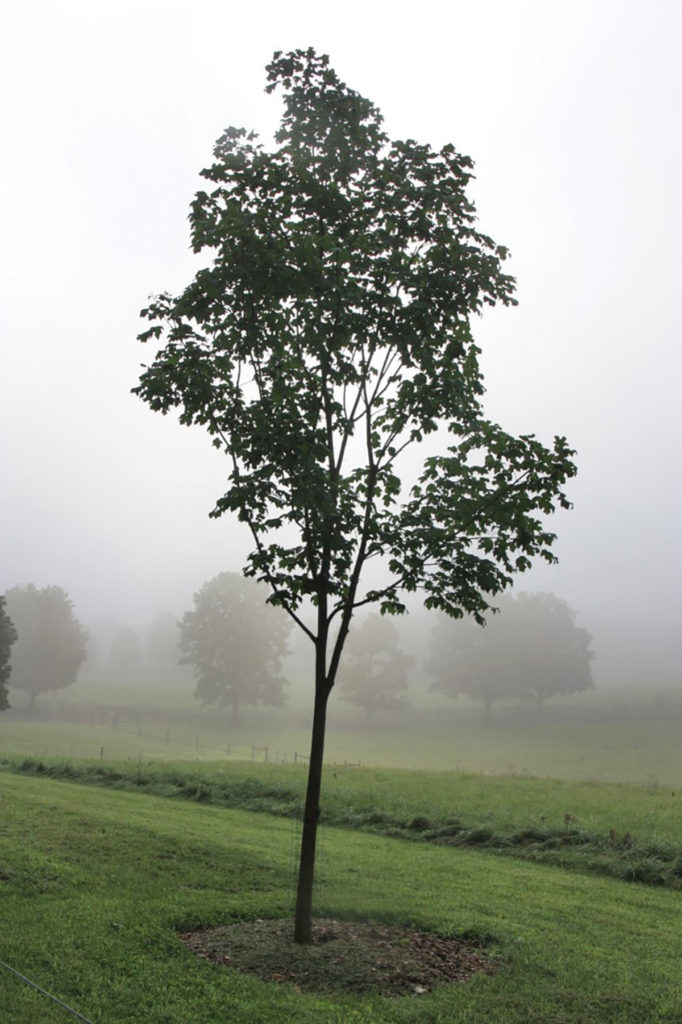
Skilled use of reduction cuts is almost always a large part of PHC pruning. Arborists need to be well versed in their use and in how each species responds to their use.
Summary
PHC structural pruning is an often-ignored service, because clients may not see the need and arborists are reluctant to sell the pruning. Yet, it is often desperately needed on maturing trees in the landscape, and can save or extend the useful life of many trees by eliminating life-ending failures (Photo 13).

Christopher J. Luley, Ph.D., is a consulting arborist and tree pathologist with Urban Forest Diagnostics LLC, located in Naples, New York. Josh Galiley is a Board Certified Master Arborist located in Rochester, N.Y.




